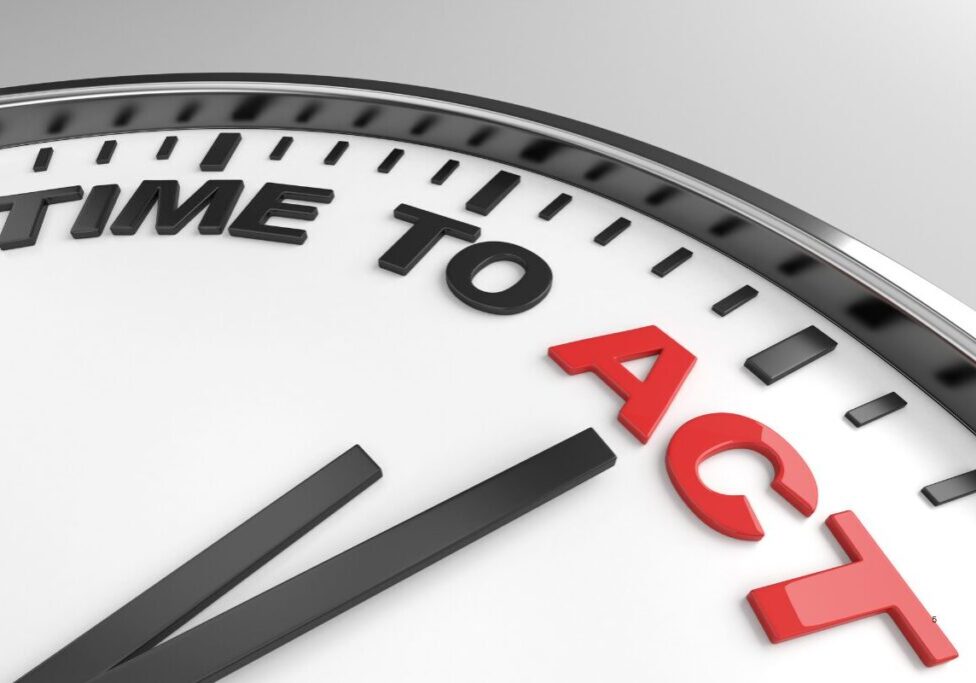Leaders can’t always pick the perfect time to address critical performance issues with an employee, so sometimes sensitivity and timeliness are at odds. So when is the right time to address performance issues? Good question. Let’s talk about it.
Performance Issues Plus Bad Timing Equal Tough Call
Following an on-site client engagement, one of the program participants posed a very interesting question, wrapped around a less than enviable situation involving performance issues. Here is the question I received.
Q: Phil, have you ever had to address performance issues with an employee after they have just experienced a traumatic event? For example, a death in the family? In your program you identified “working environment” as one of the barriers to communication. And you specifically mentioned timing. Where does compassion for the individual’s circumstances enter into the equation? Should I wait for some better time to address the performance issues?
Sooner or later, leaders are certain to experience situations with no clear cut answer. And the situation posed in the question clearly falls into one of those gray areas.
First, I am quick to counsel leaders to be sensitive to the personal needs of their employees and followers. Doing less can create frustration and resentment that an employee harbors for a long time. Leaders should make every practical accommodation to help the individual work through their personal difficulties. The end goal is to quickly return to their expected performance level.
The “Perfect” Time vs. Pressing Performance Issues
That being said, we can not always pick the perfect time to address critical performance issues with our followers. Pressing performance issues should not be ignored. To do so creates the possibility of putting the entire organization, its customers, employees and other stakeholders in a compromising position. It is a leader’s responsibility to take the necessary steps to deal with unsatisfactory performance whenever it’s found.
In situations like the one posed, I suggest directly approaching the individual concerning the performance issues in question. But do not approach in an accusatory manner. Instead, be straightforward in identifying the problem at hand. Then quickly move the conversation toward solving the problem.
Bad News Does Not Get Better With Time
While searching for solutions, the employee’s current personal difficulties may or may not be factored in. Each situation needs to be considered on its own merit. But there should be no question that the ultimate goal is to correct the performance issue at hand. Working together to find a mutually acceptable solution should help the individual bear his/her emotional burden.
To some the answer might seem to be, “wait for the right time, a better time.” My answer calls us to remember this: bad news does not get better with time.
______
We help organizations that need in-depth training on leadership, team building and other management skills. If that’s what you’re looking for, let’s talk!
______
#badnewdoesntgetbetterwithtime #performanceissues #addressingperformanceissues #noinstructionmanual #toughleadershipquestions










